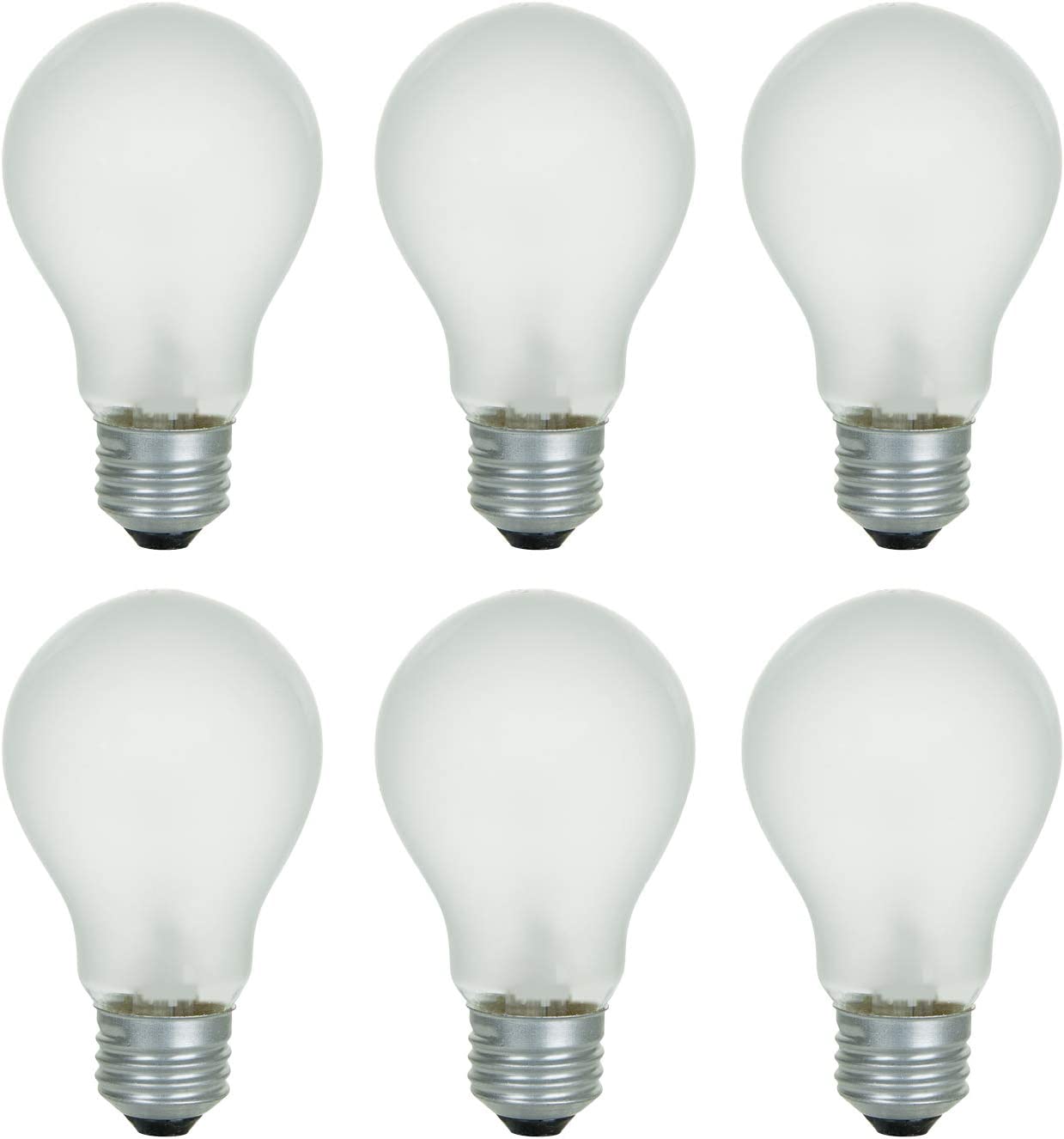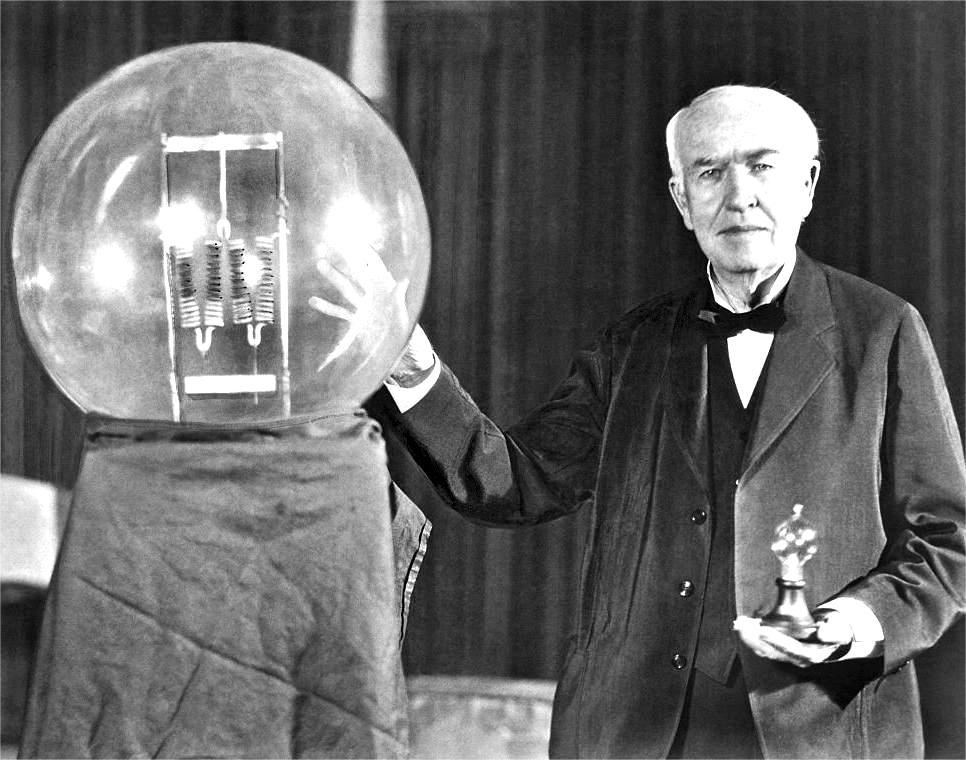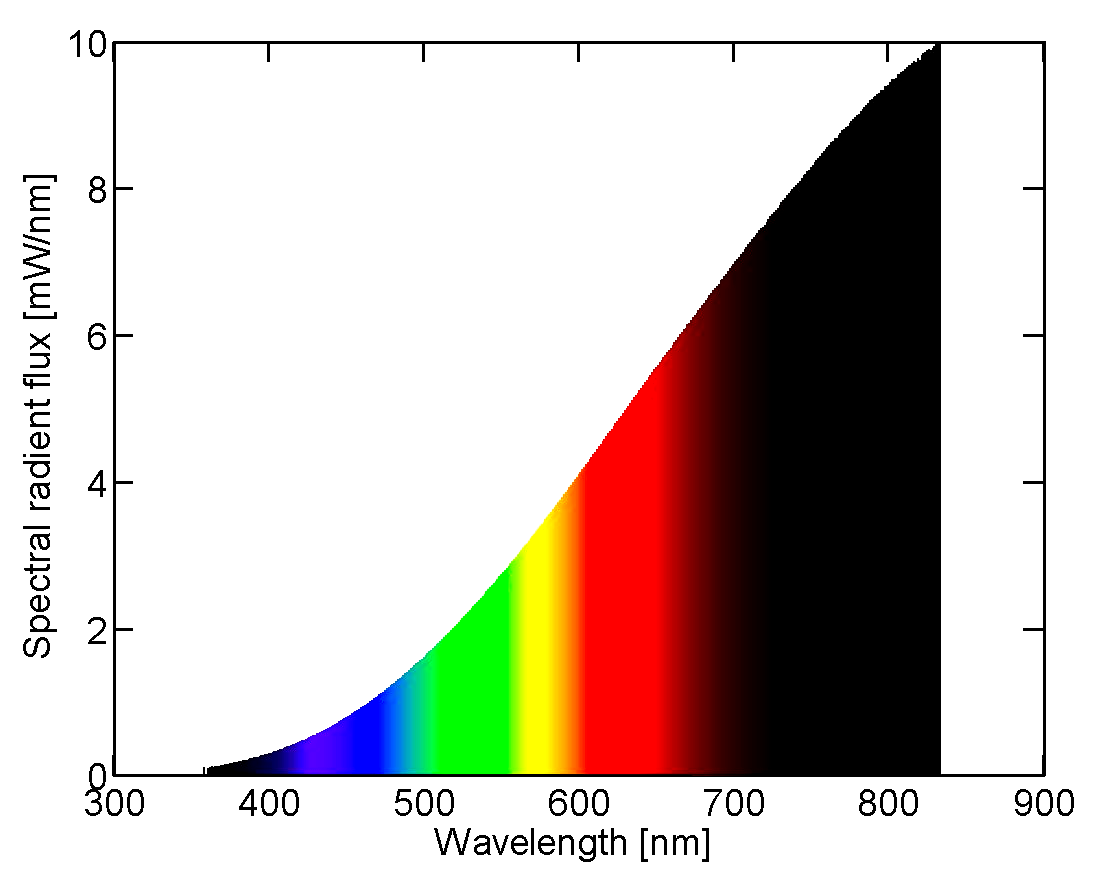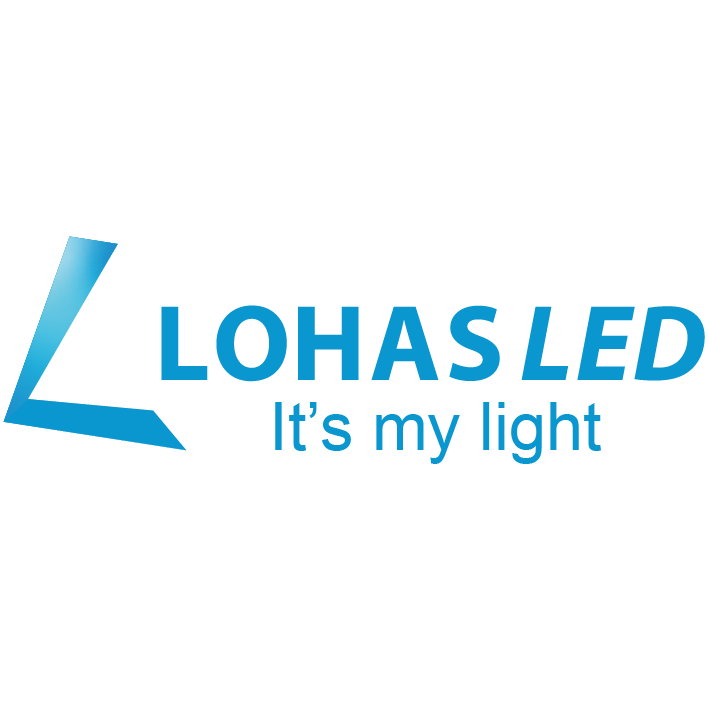All you should know about incandescent light bulb
We know that incandescent light bulb is gradually replaced with LED bulbs.Is the incandescent light bulb really useless? Not really.For example,incandescent light bulb is better for your eyes.Read this article,you would learn:- What is an incandescent light bulb?
- Who invented the incandescent light bulb?
- How does a incandescent light bulb work?
- An incandescent light bulb produces what kind of visible spectrum?
- Incandescent light bulb is better for your eyes
What is an incandescent light bulb?
Incandescent light bulb, commonly known as tungsten filament bulb, is a bulb that emits light by heating a thin filament wire (usually tungsten wire in modern times) to incandescent through electrical resistance. Incandescent light bulb are made of glass around the bulb, and the filament is kept under a vacuum, or a low-pressure inert gas (such as a halogen lamp), to prevent the filament from oxidizing at high temperatures.
Who invented the incandescent light bulb?
American Henry Goebbels legend has invented the same principle and material decades before Edison, and the reliable incandescent light bulb. Before Edison, many others also contributed a lot to the invention of the incandescent light bulb.Before Edison
In 1801, British chemist Davy energized platinum wire to emit light. He also invented the electric candle in 1810, using an electric arc between two carbon rods for lighting. In 1854, Henri Goebbels used a carbonized bamboo thread, which was energized and glowed under a vacuum glass bottle. His invention today appears to be the first practical incandescent light bulb. The light bulb he experimented with at that time could last for 400 hours, but he did not immediately apply for a design patent.
In 1850, the Englishman Josph Wison Swan began to study the electric light. In 1878, he obtained a British patent for a light bulb powered by carbon filaments in a vacuum, and began to establish a company in the United Kingdom to install electric lights in each home.
In 1874, two Canadian electrical technicians (Henry Woodward, Matthew Evans) applied for a patent for an electric light. They were filled with nitrogen gas under glass bubbles and glowed with energized carbon rods. But they didn't have the financial resources to continue developing the invention, so they sold the patent to Edison in 1875.

Edison bought patent and continue working on incandescent light bulb
After Edison bought the patent, he tried to improve the filament he used. In 1879, he switched to carbon filaments to make light bulbs, which successfully lasted 13 hours. By 1880, his carbonized bamboo silk light bulb had been successfully maintained in the laboratory for 1,200 hours. But in the UK, Swan sued Edison for patent infringement and won. Edison's electric light company in England was forced to make Swan a partner. But then Swan sold his rights and patents to Edison. In the United States, Edison's patents were also challenged. The US Patent Office has ruled that his invention has a criminal record and is invalid. Finally, after years of lawsuits, Edison obtained the patent right of the carbon incandescent light bulb.
Hungarian chemist Sándor Just and Croatian inventor Franjo Hanaman discovered that using tungsten as a filament could make light bulbs brighter and last longer than carbon filaments. Hungarian patent (No. 34541), and the Hungarian company Tonslang started selling tungsten bulbs in many European countries. Then, in 1906, General Electric invented a method of making tungsten filaments for electric lamps. A method of cheaply making tungsten filaments was finally solved, and tungsten filament light bulbs are used today.
The biggest problem with tungsten lamps is the sublimation of the filament. Because of the slight resistance difference on the tungsten wire, the temperature is different. In the place where the resistance is higher, the temperature rises higher, and the tungsten wire also sublimates faster, which causes the tungsten wire to become thinner and the resistance further increases. The tungsten wire is blown. It was later found that sublimation of the tungsten wire could be slowed down by replacing the vacuum with an inert gas. Most tungsten lamps today are filled with nitrogen, argon or krypton gas.
Modern incandescent light bulbs typically have a lifespan of around 2,000 hours.
How does a incandescent light bulb work?
Incandescent light bulb are electric light sources that heat the filament to an incandescent state and emit visible light by thermal radiation.An incandescent light bulb produces what kind of visible spectrum?
Incandescent light bulbs are widely used in various lighting occasions and have many applications. The full spectrum of an incandescent lamp is shown below.

Health effects in the incandescent light spectrum:
1. Ultraviolet UV-A content is very small, and the impact of ultraviolet rays on health can be ignored;
2. No UV-B content;
3. The content of blue light components is small, and the irritation to the eyes is small. The blue light contained in the incandescent light bulb spectrum is the safest for indoor lighting;
- The content of near-infrared rays is high, and long-term lighting will lead to dry skin, which is easy to cause wrinkles; the surface temperature of the light source is high and it is easy to burn. Long-term direct exposure of high-intensity infrared rays to the eyes can also cause cataracts.
Incandescent light bulb is better for your eyes
The color rendering of the Incandescent light bulb is the best, with a color rendering index of more than 99. In contrast, it is the best for the eyes, but the color temperature is too low, only 2850K, which is easy to cause mental distraction.

Advantages:
(1) The light source is small and cheap, has a wide variety of lampshade forms, and is equipped with portable lamp stands, ceiling and wall installation tools and concealed devices.
(2) It has great versatility, many color varieties, and has various forms such as orientation, scattering, and diffusion.
(3) It can be used to enhance the three-dimensional sense of objects. The color of the Incandescent light bulb is closest to the color of sunlight, with good color rendering, uniform spectrum and not obtrusive. The spectrum of the Incandescent light bulb is continuous and average, which has the advantage of excellent color rendering. Fluorescent lamps and LEDs are discrete spectrum, with low color rendering. Low color rendering light sources will not only make people feel that the color is not good, but also harmful to health and eyesight. Traditional bulbs also have the advantage of being dimmable, resistant to burnout, and mercury-free. Incandescent lamps have an advantage that most other types of lighting products do not have, that is, they are suitable for occasions with frequent activation.
 USD
USD GBP
GBP CNY
CNY SAR
SAR SGD
SGD NZD
NZD ARS
ARS INR
INR COP
COP AED
AED